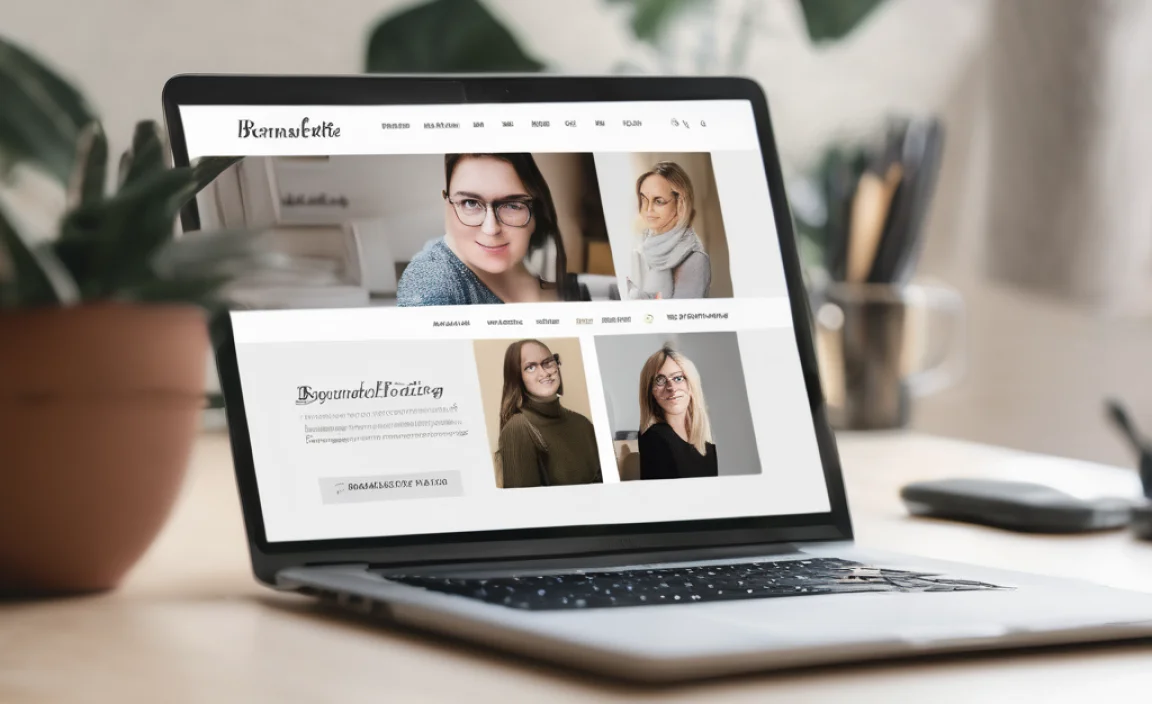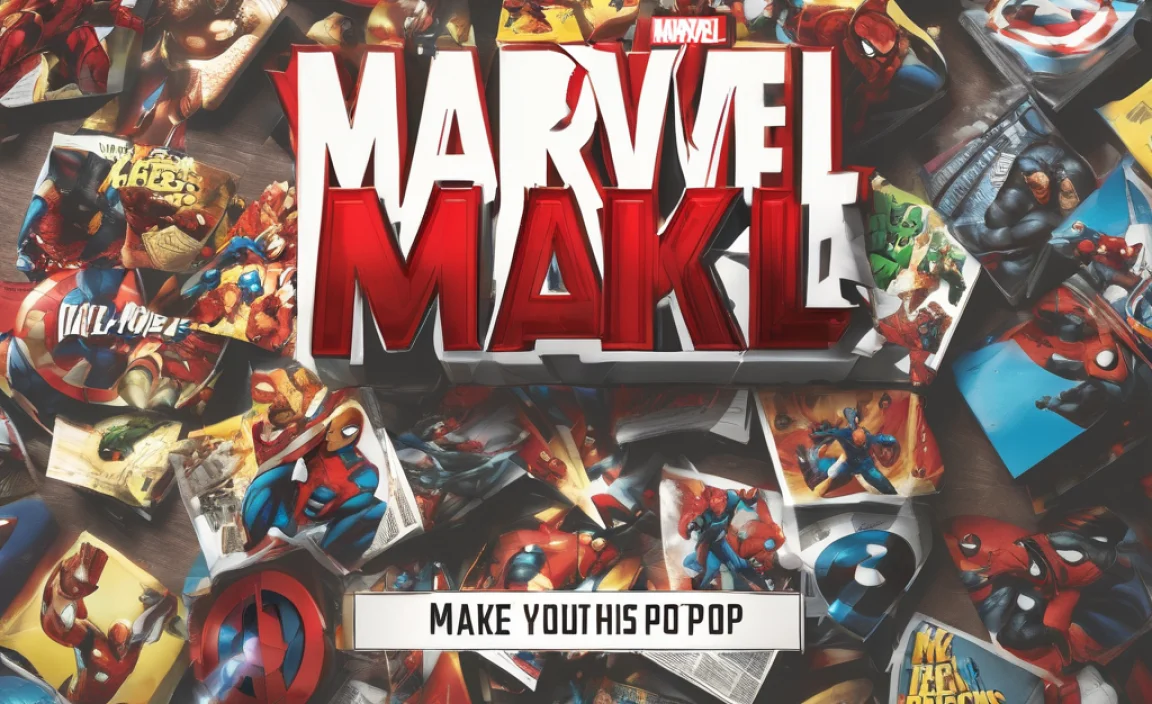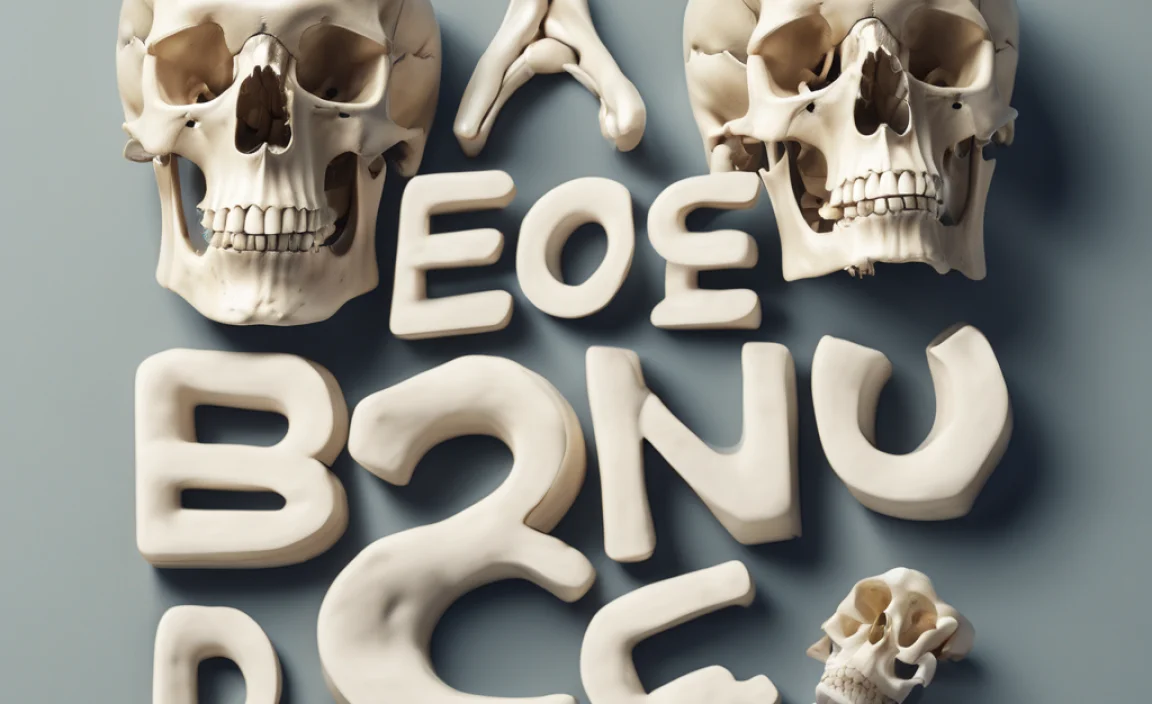The Ring of Elysium Font is a crucial design element that enhances the game’s visual identity and player experience. Choosing and implementing it effectively can dramatically improve your own design projects, offering a blend of futuristic grit and striking readability essential for captivating audiences.
Ever stumbled upon a game, website, or logo and thought, “Wow, that font just works!”? It’s not magic, it’s thoughtful design. Many players of the popular battle royale game “Ring of Elysium” have marveled at its distinct visual flair. A big part of that is its typography. But why is the “Ring of Elysium Font” so special, and more importantly, how can understanding it help you create more stunning designs? You might be frustrated trying to nail that impactful look for your own brand or project. Don’t worry, this guide is here to break down the secrets behind effective typography, using the game as our inspiring example. We’ll explore what makes a font stand out and how you can apply these principles to your own creative endeavors, making your designs not just look good, but feel right.
Let’s dive in!
Understanding the “Ring of Elysium Font”: More Than Just Letters
When people refer to the “Ring of Elysium Font,” they’re often talking about the overall aesthetic and key typefaces used within the game’s user interface (UI), marketing materials, and in-game elements. It’s not usually one single font, but a carefully curated selection that creates a cohesive and memorable visual language.
The core characteristics usually associated with the “Ring of Elysium Font” style are:
- Futuristic and Sci-Fi Feel: The game is set in a snowy, post-apocalyptic world, and its lettering reflects this with a clean, often sharp, and sometimes slightly rugged appearance.
- Readability is Key: Despite the stylistic choices, the fonts must be incredibly legible, especially in a fast-paced game where information needs to be processed quickly. This means clear letterforms and good spacing.
- Modern Edge: The typography avoids overly ornate or traditional styles, leaning towards sans-serif families that feel contemporary and high-tech.
- Impactful Headlines: Display fonts are often used for titles and prominent text, grabbing attention with unique shapes and strong personalities.
Think of it like a signature for the game. Just as a particular color palette or character design defines “Ring of Elysium,” its typography plays a vital role in establishing its identity. For designers, this means understanding that fonts aren’t just tools for conveying text; they are powerful storytelling devices.
What Kind of Font is “Ring of Elysium Font”?
While an exact, single “official” font for every single piece of “Ring of Elysium” content might be proprietary or vary, the style most strongly associated with its branding and UI leans heavily towards modern sans-serif fonts with a geometric or slightly condensed structure. These fonts often feature:
- Clean Lines: Few decorative flourishes, emphasizing clarity and a sleek appearance.
- Geometric Construction: Letters are often built with clear geometric shapes (circles, squares, triangles), giving them a precise and modern feel.
- Good x-height: The noticeable height of lowercase letters (like ‘x’) relative to uppercase letters. A good x-height improves readability.
- Slightly Wide or Neutral Stance: Fonts that aren’t too condensed or too extended, providing a balanced look that works well for both headings and body text.
You’ll often see this style used for game titles, menu items, and important on-screen notifications. It’s designed to be instantly recognizable and functional.
Exploring Similar Font Families
If you’re looking to capture that “Ring of Elysium Font” vibe in your own projects, here are some font families that share similar characteristics and are widely available:
- Montserrat: A popular geometric sans-serif with a friendly yet modern feel. It’s highly versatile and comes in many weights.
- Oswald: A condensed sans-serif that’s excellent for headlines and titles where space is tight, offering a strong, impactful presence.
- Exo 2: A geometric sans-serif with a slightly futuristic and technological feel, perfect for sci-fi themes.
- Titillium Web: Developed with readability in mind for the web, this sans-serif has a clean, modern, and somewhat technical aesthetic.
- Raleway: A sophisticated sans-serif that’s elegant and clean, with some unique character details that make it stand out.
These fonts, and many like them, are readily available on platforms like Google Fonts, Adobe Fonts, and other font foundries. They offer a fantastic starting point for achieving that polished, modern, and impactful look.
Why Typography Matters: The Foundation of Great Design
Before we get too deep into specific fonts, let’s quickly touch upon why typography is such a big deal in design. It’s not just about picking something that looks pretty; it’s about communicating effectively.
Think about it: every time you read text, you’re interacting with a font. The way letters are shaped, spaced, and arranged can drastically alter your perception of the message and the brand behind it. A well-chosen font can:
- Enhance Readability: The most crucial function! If people can’t easily read your text, your message is lost.
- Convey Tone and Personality: A playful script font feels different from a serious, bold sans-serif. Typography sets the mood.
- Build Brand Identity: Consistent use of specific fonts becomes part of a brand’s recognizable DNA, much like a logo or color scheme.
- Improve User Experience (UX): Especially important in digital design, clear and appropriate typography makes interfaces intuitive and enjoyable to use.
- Guide the Reader’s Eye: Font hierarchy (using different sizes, weights, and styles) helps readers navigate content and understand what’s most important.
The “Ring of Elysium Font” aesthetic successfully leverages these principles to create an immersive and functional gaming experience. For designers, mastering typography is like learning to speak a visual language that resonates with your audience.
Step-by-Step: Selecting and Using Fonts for Your Project
Ready to apply these ideas to your own work? Here’s a straightforward process to help you choose and use fonts effectively, inspired by the principles behind impactful game design typography.
Step 1: Define Your Project’s Goal and Audience
Before you even look at fonts, ask yourself:
- What is the purpose of this design? (e.g., inform, entertain, sell, build community)
- Who am I trying to reach? (e.g., gamers, professionals, families, students)
- What feeling or message do I want to convey? (e.g., exciting, trustworthy, playful, serious, modern, classic)
Just like “Ring of Elysium” aims for excitement, sci-fi immersion, and clear gameplay information, your project needs a clear objective. This will guide your font choices dramatically.
Step 2: Identify Font Categories
Understanding basic font types is essential. The main categories are:
| Font Category | Description | Common Use Cases | Example Characteristics |
|---|---|---|---|
| Serif | Has small decorative strokes (serifs) at the ends of letter strokes. | Print articles, books, formal documents, traditional branding. | Times New Roman, Georgia, Garamond. |
| Sans Serif | Lacks serifs. Typically clean, modern, and geometric. | Websites, apps, headlines, modern branding, UI design. | Arial, Helvetica, Montserrat, Open Sans. |
| Display | Highly stylized, decorative, and attention-grabbing fonts. | Headlines, logos, posters, short bursts of text. | Impact, Lobster, Bebas Neue (can be display or sans-serif depending on context). |
| Script | Mimics handwriting or calligraphy. | Invitations, decorative elements, personal branding, elegant logos. | Pacifico, Great Vibes, Brush Script MT. |
For a “Ring of Elysium Font” feel, you’ll likely gravitate towards sans-serif for body text and UI elements, and potentially display or bold sans-serif for titles and impactful elements.
Step 3: Choose Your Primary Font (Headline/Display)
This is often the font that makes the biggest first impression. It should embody the core personality of your project.
- Consider the “Ring of Elysium” style: Look for something with a strong presence, clean lines, and a modern or slightly futuristic feel.
- Check for multiple weights: A font family with a range of weights (light, regular, bold, black) offers flexibility.
- Test it out: See how it looks in large sizes. Does it grab attention? Does it feel appropriate for your message?
For example, if you were designing a poster for a tech conference, you might choose a bold, geometric sans-serif that feels innovative and authoritative.
Step 4: Select a Secondary Font (Body Text/Supporting)
This font needs to work harmoniously with your primary font and, most importantly, be highly readable in smaller sizes and longer passages.
- Prioritize Readability: This is paramount. Avoid overly decorative or condensed fonts for body text.
- Complement the Primary Font: If your headline font is bold and geometric, a clean, simple sans-serif or a legible serif can work well.
- Consider Font Pairing Rules: Generally, pairing a display font with a simple, clean font is easier than pairing two complex display fonts. Pairing a serif with a sans-serif can also create nice contrast.
- Test in Context See how it looks in paragraphs, bullet points, and captions.
A common pairing strategy is a bold sans-serif for headlines and a lighter, highly readable sans-serif (like Open Sans or Lato) for body text. This is a core principle for many modern UIs, including games like “Ring of Elysium.”
Step 5: Test and Refine
This is arguably the most critical step. Your chosen fonts need to work together and fulfill your project’s needs.
- Create Mockups: Design sample layouts (website banners, app screens, print flyers) using your font choices.
- Check Readability: Zoom out. Can you still read headlines? Can you comfortably read body text for more than a few sentences?
- Assess Harmony: Do the fonts clash, or do they create a pleasing visual relationship?
- Get Feedback: Ask others to review your designs. Do they perceive the tone you intended? Is everything easy to read?
The “Ring of Elysium Font” aesthetic is polished because the developers have likely gone through extensive testing to ensure clarity and impact across all UI elements. Emulate this thoroughness in your own process.
Where to Find Fonts: Resources for Stunning Design
As a designer, having a good collection of font resources is invaluable. Here are some top places to start your search for fonts that can give you that “Ring of Elysium Font” inspired punch:
- Google Fonts: A massive, free library of high-quality open-source fonts. Excellent for web and print. You can easily preview fonts and see them in different languages.
- Adobe Fonts (formerly Typekit): If you have an Adobe Creative Cloud subscription, you get access to a vast library of professional fonts. They integrate seamlessly with Adobe software like Photoshop and Illustrator.
- Font Squirrel: Another great source for free, commercially licensed fonts. They also have a handy font identifier tool.
- DaFont / UrbanFonts: These sites offer a huge collection of fonts, though you need to be more careful about licensing for commercial use. Many are free for personal projects.
- MyFonts / Fontspring: These are marketplaces where you can purchase premium, professional fonts. Often, you’ll find unique and high-quality options here for commercial projects.
When searching, use keywords like “geometric sans-serif,” “modern sans-serif,” “futuristic font,” “condensed bold,” or “display headline font” to find styles similar to the “Ring of Elysium Font.”
Key Considerations for Implementing Your Font Choices
Once you’ve selected your fonts, how you use them is just as important as picking them. Here are some best practices:
1. Font Hierarchy
This is how you guide the reader’s eye and tell them what’s important. Use variations in size, weight, and sometimes color to distinguish between:
- Main Titles
- Subheadings
- Body text
- Captions or footnotes
In “Ring of Elysium,” critical information like objective markers or player names will be visually distinct from less important UI text.
2. Line Height (Leading)
This is the space between lines of text. Too little, and text becomes cramped and hard to read. Too much, and it can feel disconnected.
A good rule of thumb for body text is to set the line height to about 1.4 to 1.6 times the font size. For example, 16px font size might use 22-26px line height.
3. Letter Spacing (Tracking and Kerning)
- Tracking: The overall spacing between characters in a block of text.
- Kerning: The fine-tuning of space between specific pairs of letters to make them look more visually appealing and consistent (e.g., “AV” often needs tighter spacing).
Most fonts have good default tracking and kerning, but for larger display text, manual adjustments can make a big difference in polish.
4. Contrast
Ensure sufficient contrast between your text color and its background. This is a fundamental accessibility principle and crucial for readability. The Web Content Accessibility Guidelines (WCAG) provided by the Web Accessibility Initiative offer detailed standards on contrast ratios.
5. Consistency
Use your chosen fonts consistently across all your designs. This builds a strong, recognizable brand identity and makes your work feel professional and cohesive.
Comparing Font Styles: Sans Serif vs. Serif for Modern Design
The “Ring of Elysium Font” style predominantly employs sans-serif, but understanding the contrast with serif fonts is key for a well-rounded design toolkit.
| Feature | Sans Serif | Serif |
|---|---|---|
| Appearance | Clean, modern, geometric, minimal. | Traditional, classic, formal, sophisticated. |
| Readability (Screen) | Generally excellent for digital screens, especially at smaller sizes. | Can be readable, but serifs can sometimes blur on lower-resolution screens. Modern serifs are designed for screen readability. |
| Readability (Print) | Good, especially for shorter texts or headlines. | Often preferred for long-form printed content like books and newspapers, as serifs can guide the eye. |
| Tone/Mood | Informal, friendly, tech-oriented, contemporary. | Formal, authoritative, elegant, trustworthy. |
| Example “Ring of Elysium” Alignment | Strongly aligned with the futuristic, UI-focused needs of the game. | Less commonly used for the core game UI, but could be used for lore books or special in-game messaging if aiming for a historical contrast. |
For projects aiming for a modern, clean, or tech-forward aesthetic, sans-serif fonts are usually the go-to. They are fantastic for user interfaces, web design, and branding that wants to feel current and dynamic.
Beyond the Game: Applying “Ring of Elysium Font” Principles to Branding
The principles demonstrated by the typography in “Ring of Elysium” are directly applicable to creating strong branding for any business or project. Here’s how:
1. Creating a Visual Identity
Just as “Ring of Elysium” has a distinct visual identity, your brand needs one too







